Lancashire Heeler: the smiling herding dog
Közzétéve: 2025. 03. 29 • 5 perc olvasás

Közzétéve: 2025. 03. 29 • 5 perc olvasás
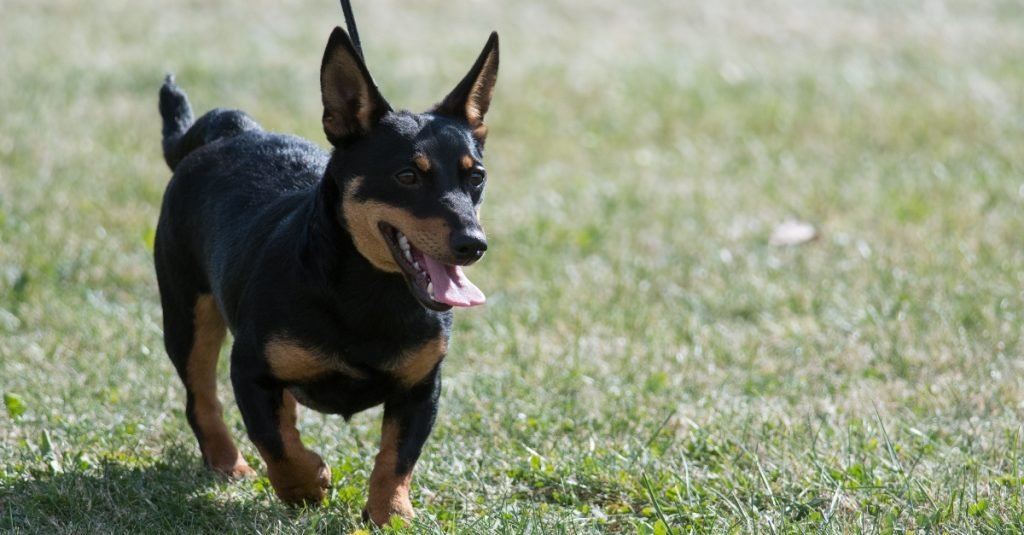
The Lancashire Heeler has been provisionally accepted by the FCI since 2016, and was officially recognised as a breed by the AKC in 2024. There are only around 5,000 of these terrier-style, short-legged herding dogs in the world – which is why they have endangered status – but they are amazing working dogs with an intelligent and excellent temperament.
Also known as the Omskirk Terrier or Omskirk Heeler, the Lancashire Heeler can trace its origins back to the 17th century and is thought to have inherited its short legs from the Corgis.
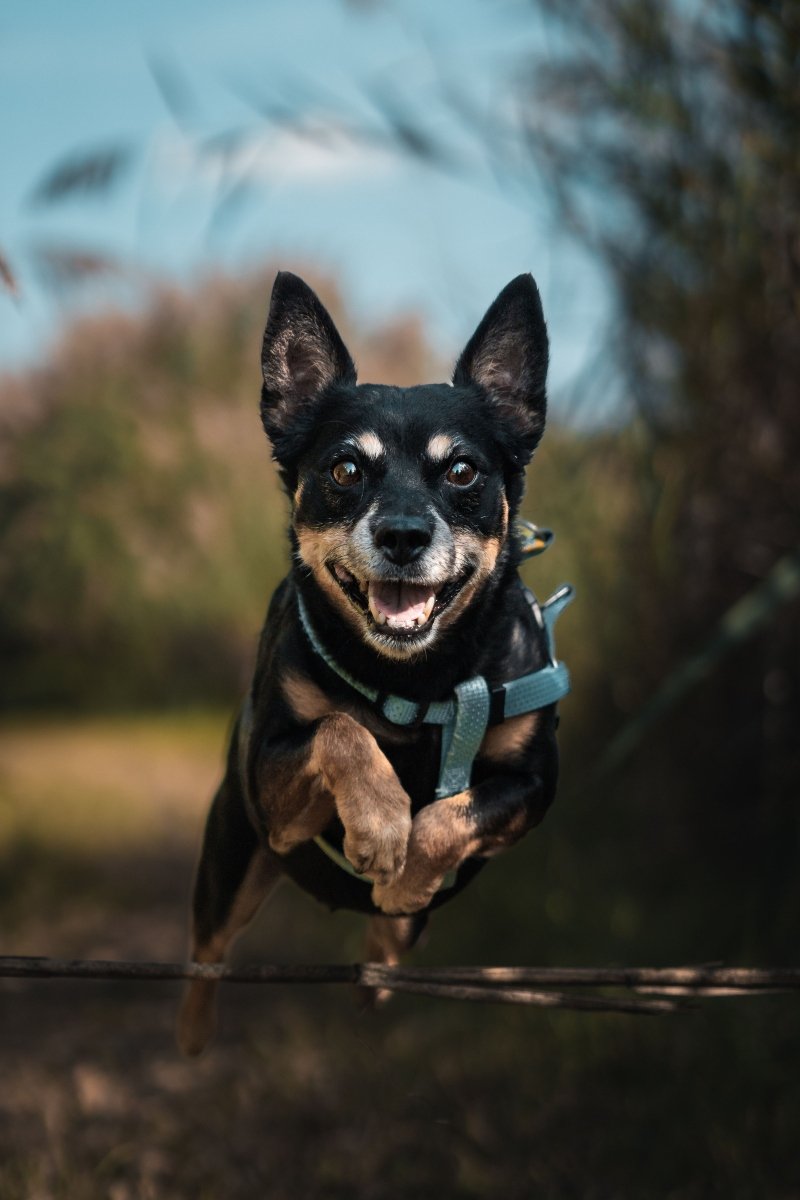 Lancashire Heeler
Lancashire Heeler
The history of the breed dates back to the 17th century, but its exact origins are unfortunately unknown. However, it is generally accepted that Welsh Corgis were used in North Wales to drive animals to market and slaughter as far north as Omskirk, a farming town in the west of Lancashire. Over this 350km stretch, the Wales Heelers, or corgis, were not so tired that they did not become more familiar with the Manchester Terriers of Omskirk on arrival. From this mating the Lancashire Heeler was born.
These extremely useful farm dogs have been bred in this area for generations, carefully bred to preserve and develop their own characteristics. They were once used as both herders and rat catchers, so they work well with hooves, but their terrier instincts are also on display. As the description above shows, these dogs were also capable of moving herds over long distances (droving) and herding. These friendly, affectionate little dogs have now become very popular as family dogs. Their unique feature is the Heeler Smile. When they are happy, they pull back their lips like when people smile.
Gwen Mackintosh started breeding Lancashire Heelers in the early 1960s, so we owe her a great deal of the breed's survival. Along with other enthusiasts, she founded the Lancashire Heeler Club in 1978, which established the breed standard and registry. Subsequently, The Kennel Club was the first to open the registration of the breed in 1981. Mackintosh was president of the club until his death in 1992.
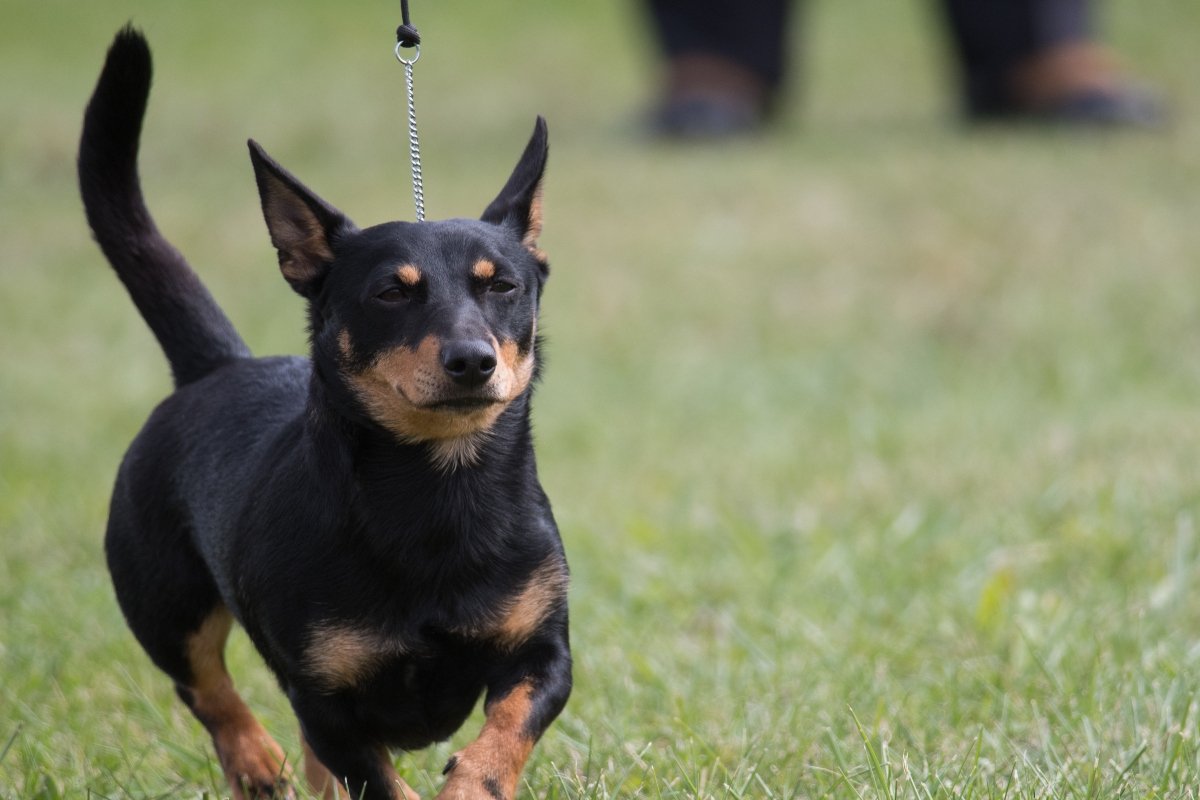 The cropping of the picture could be better, but we didn't want to leave out this witty expression
The cropping of the picture could be better, but we didn't want to leave out this witty expression
There are several breeds of dog that have the word heeler in their name, while others are simply put in this category but their name does not indicate their affiliation. An example of a heeler dog is the Australian Shepherd (also known as a Blue Heeler), but also the Norwegian Elkhound, Corgis, Australian Kelpie and Texas Heeler.
These dogs typically often pinch the herd's ankles while herding, getting them to move or herding them in the right direction. Heelers usually lead the cattle from behind while herding, constantly pushing them forward. Interestingly, the Australian Kelpie and the koolie use both heeler and header techniques, i.e. sometimes they push from behind and sometimes they move forward and use the so-called strong eye to get the cattle to behave or hold the correct direction. (Many people probably know that the latter technique is beautifully done by border collies.)
This is how you teach to herd a Lancashire Heeler. The sound and the movement are reminiscent of a Puli:
Small, strong built, alert and energetic dogs, Lancashire Heelers are the perfect match for the breed. Their bodies are on average 2.5 cm longer than their height at the withers, measured from the withers to the tail. (Males are ideally 30 cm tall, females 25.) Their short legs and stocky bodies are clearly inherited from the Corgis. Their movements are lively, firm and free.
They owe their black colouring and tabby markings to the Manchester Terrier, from whom they derive the thumb-like markings on their forelegs. The double-layered, weatherproof coat is coarse, shiny and short, and can form a discreet mane on the neck.
The eyes are dark brown with an almond-shaped slit, the ears are upturned and pointed at the tips. They carry their tails high, if something catches their attention they may curl them behind, but they never form a curl.
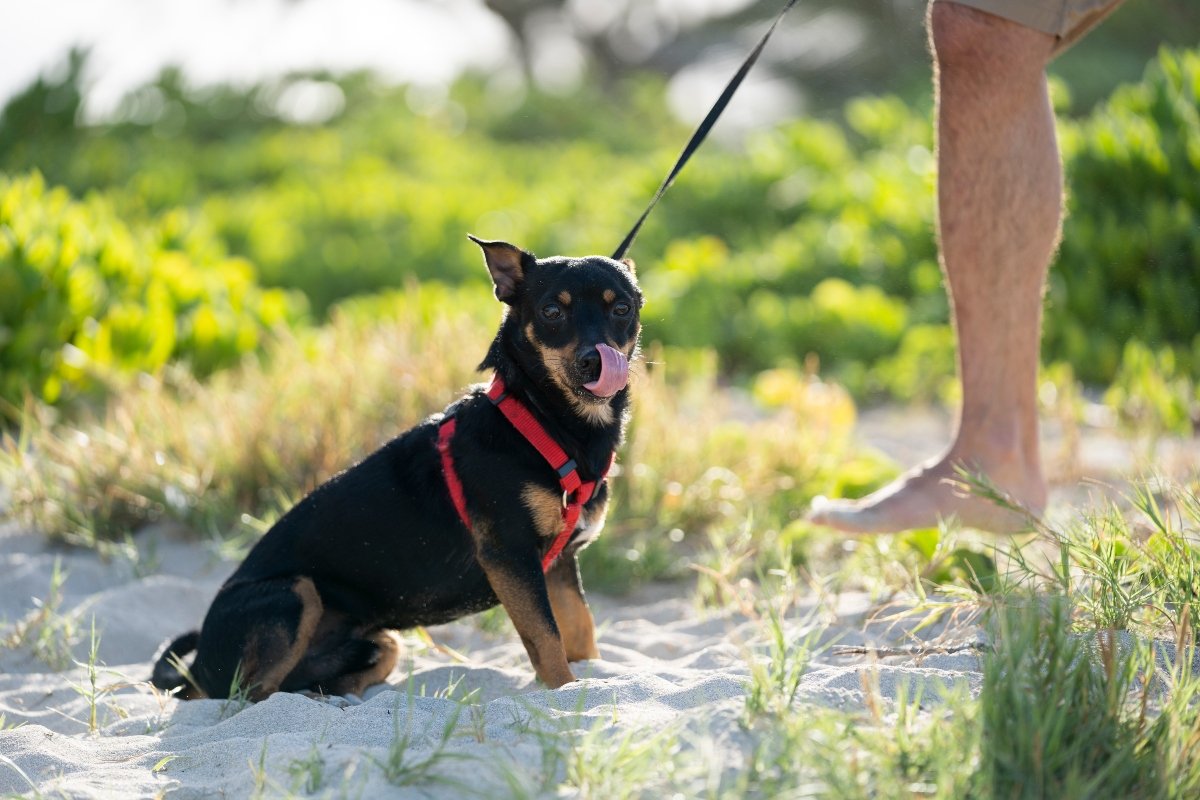 They like to go everywhere with the owner
They like to go everywhere with the owner
Don't be fooled by the small body, the Lancashire Heeler is a medium, but rather high energy breed. They are highly intelligent, alert and friendly dogs, quick to learn new tasks. They are extremely affectionate with their owners, always happy, talkative and ready for walks, sports and exercise at any time.
It is important to be firm and consistent in their training, as they are very independent and determined creatures. But kindness has to be at least as present, otherwise we will get nowhere.
It is perhaps clear from the foregoing that, although all its characteristics make it ideal for the family dog, it is only ideal for a family that can provide it with above-average exercise and mental stimulation. Human contact is very important to the Heeler, so involve him as much as possible and he will thank you for it.
They can excel in almost any dog sport, be it flyball, agility, obedience or herding. Keep in mind that just taking this four-legged friend for a walk will not be enough, even if you do it several times a day. Being a tireless working dog, he needs tasks, work. But it will certainly pay for itself, because it will be a happy dog with a smile for life.
Their short, stiff, flat coat is dense and waterproof, requiring very little grooming. Occasional bathing is just enough. Once a week may be a good time to brush them, and several times during the moulting season.
As with all dogs, care should be taken to brush the teeth, trim the claws and keep the ears and eyes clean on a daily basis.
In 2006, however, they were diagnosed with a hereditary eye disease, Primary Lens Luxation (PLL), the incidence of which has been reduced thanks to aggressive action by breeders and research. It is important, however, not to buy a dog without the parents and the breeder having been tested and documented. The AKC also recommends that Collie Eye Anomaly (CEA) be tested for by DNA testing.
Kövess minket!
facebook instagram youtube spotifyKapcsolódó cikkek
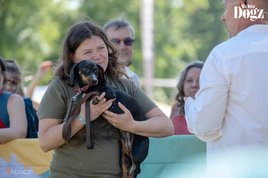
A „csirkeallergián” túl: a kutyák viszketésmenedzsmentjének modern lehetőségeiről dr. Király Péterrel
Egészség • 7 perc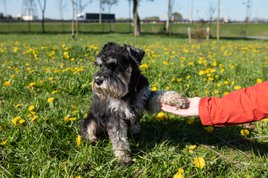
Nyári mancsvédelem: gyakran a háttérbe szorul, pedig ilyenkor is fontos
Ápolás • 6 perc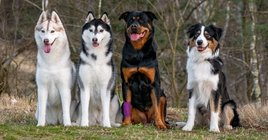
Miért marad meg egyes kutyáknak a jó illata fürdetés után, míg mások szinte azonnal szaglani kezdenek?
Ápolás • 3 perc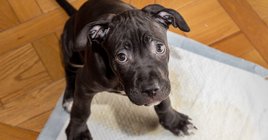
A kutyapelenka káros is lehet: nem mindegy, hogyan használod
Ápolás • 3 perc